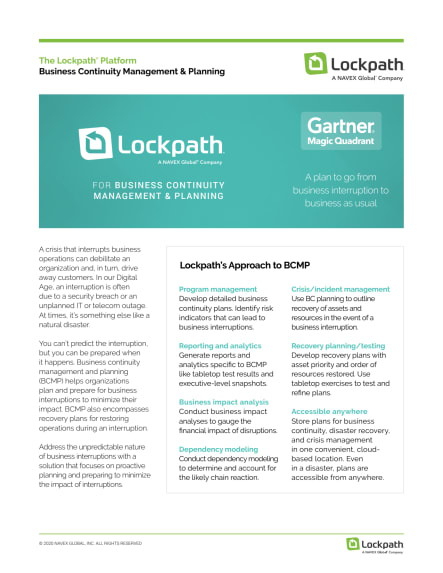Prepare for the unpredictable with business continuity planning
Natural disasters, pandemics, and other crises can interrupt critical business functions, slow operations, or stop them altogether. These unusual and potentially destructive “black swan” events can happen without warning and to unknown effect.
Business continuity planning is an essential component of a comprehensive risk management program. A business continuity (BC) plan helps businesses minimize the impact of interruption and restore operations.
Effective business continuity planning 1.) identifies risks to critical operations, 2.) quantifies the potential impact of risks to the business, 3.) implements measures and plans to ensure continuity during a disruption, and 4.) monitors for changes that could affect the plans and/or lead to disruptions.
While organizations can’t predict disruptions, they can prepare for them. Business continuity plans allow companies to respond swiftly while protecting the business, its assets, and its reputation.




